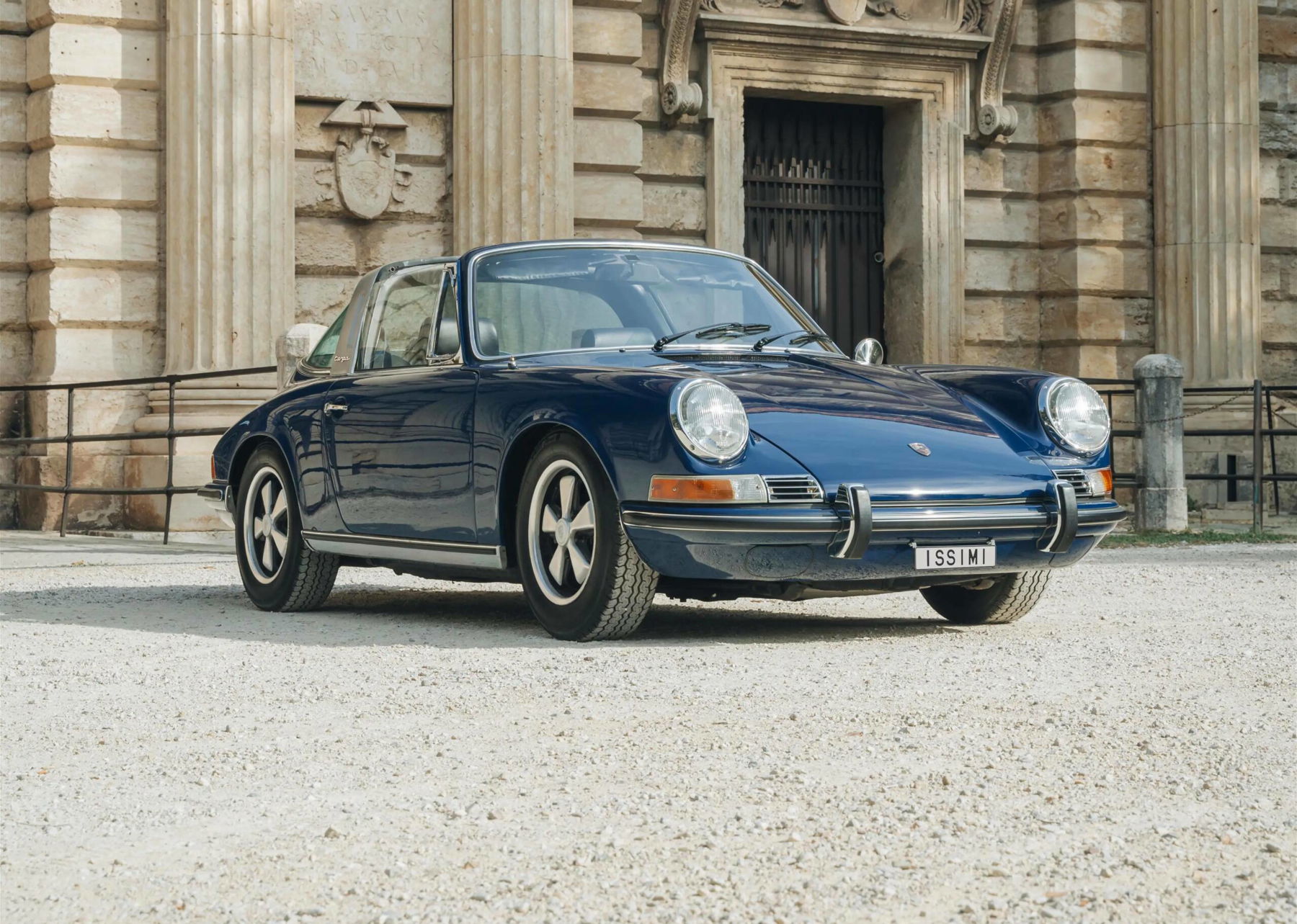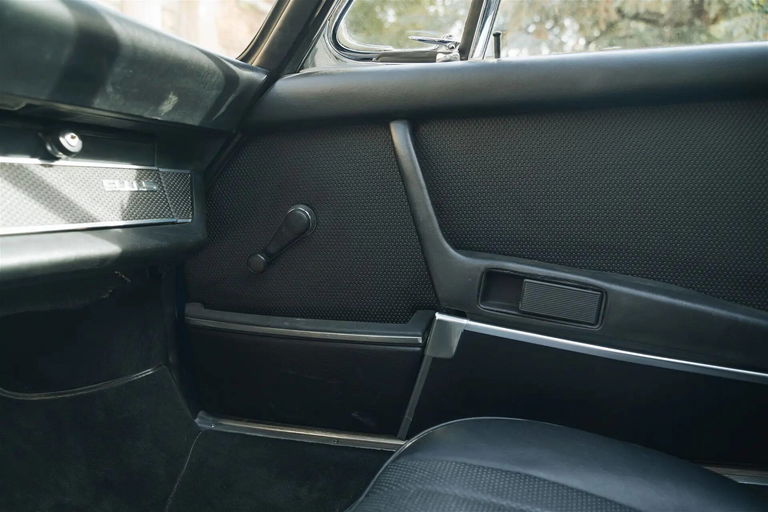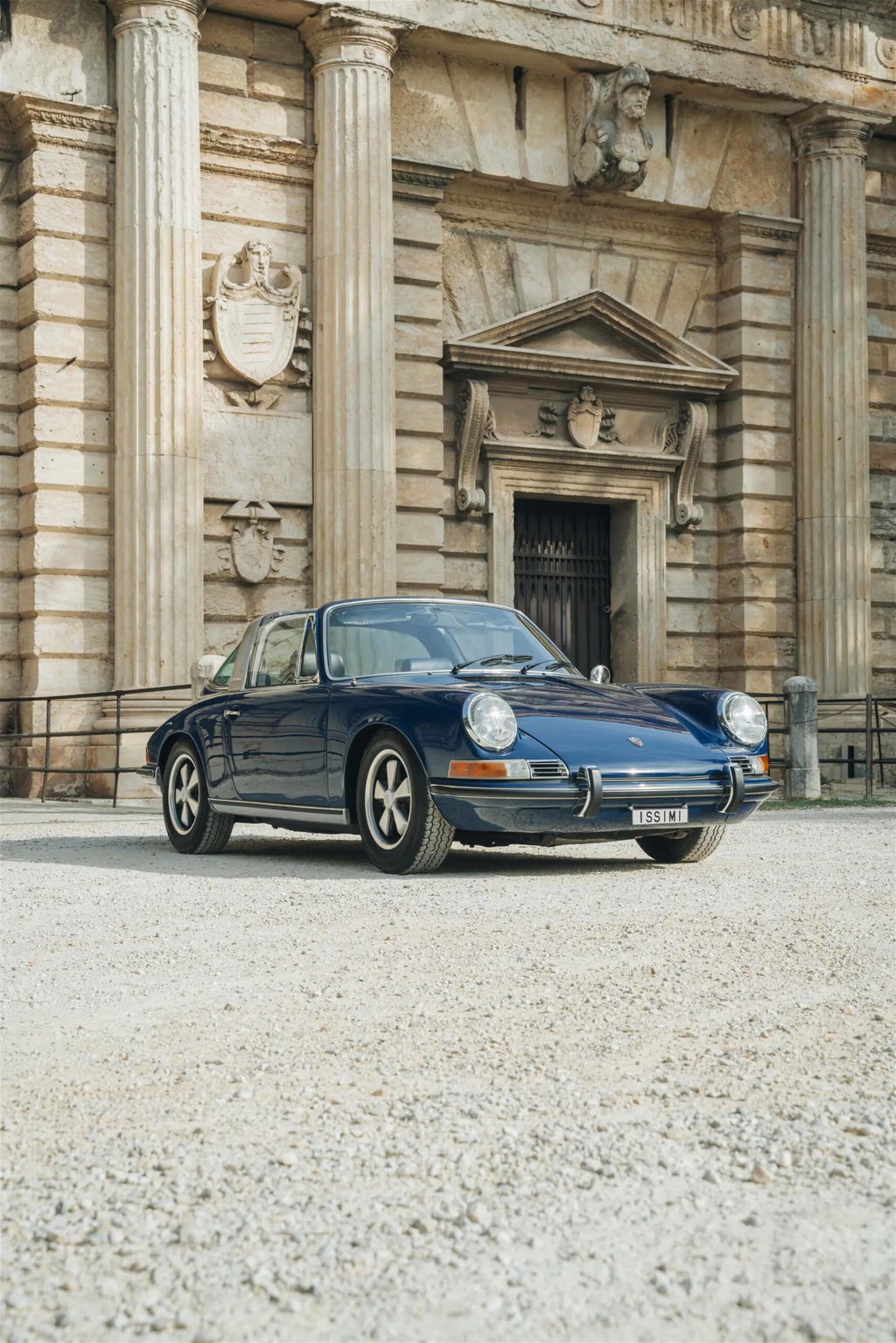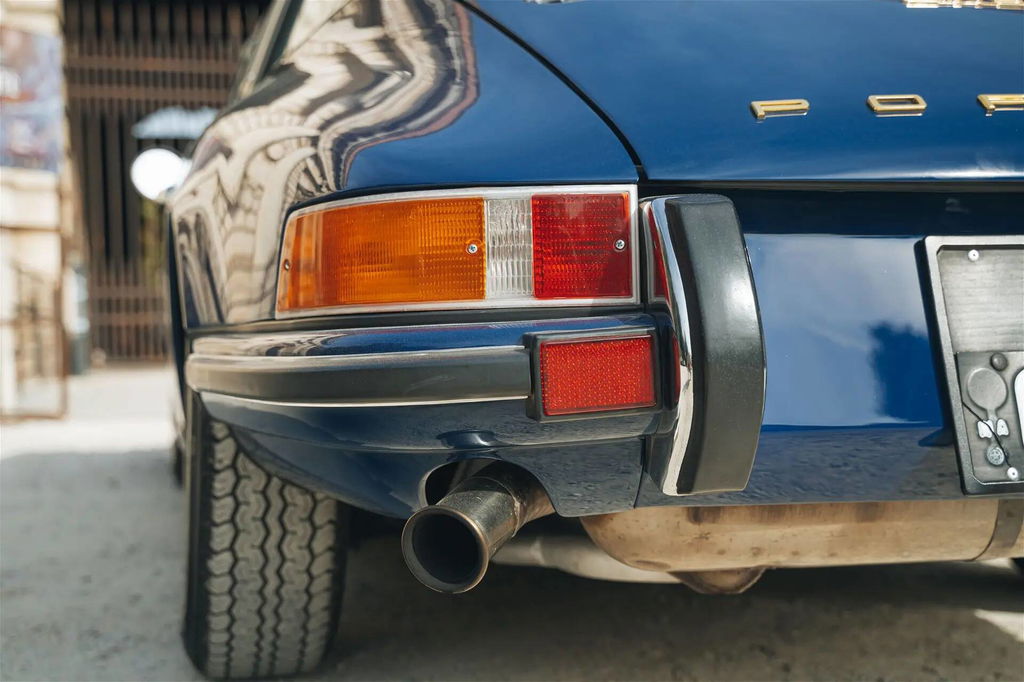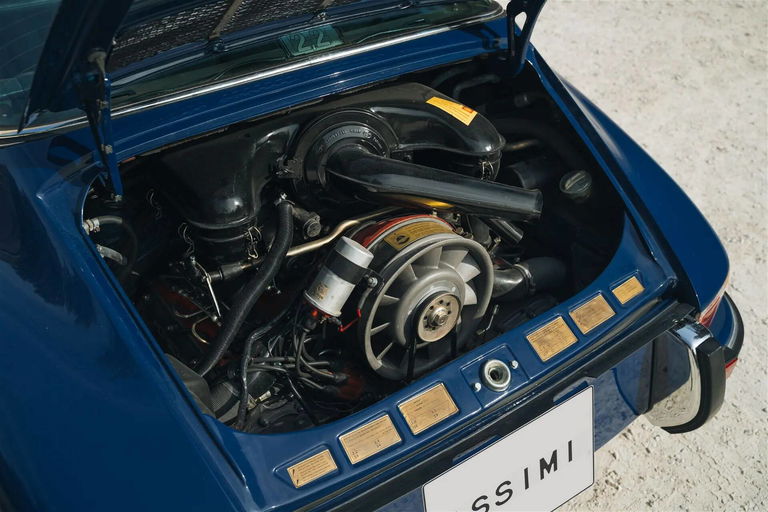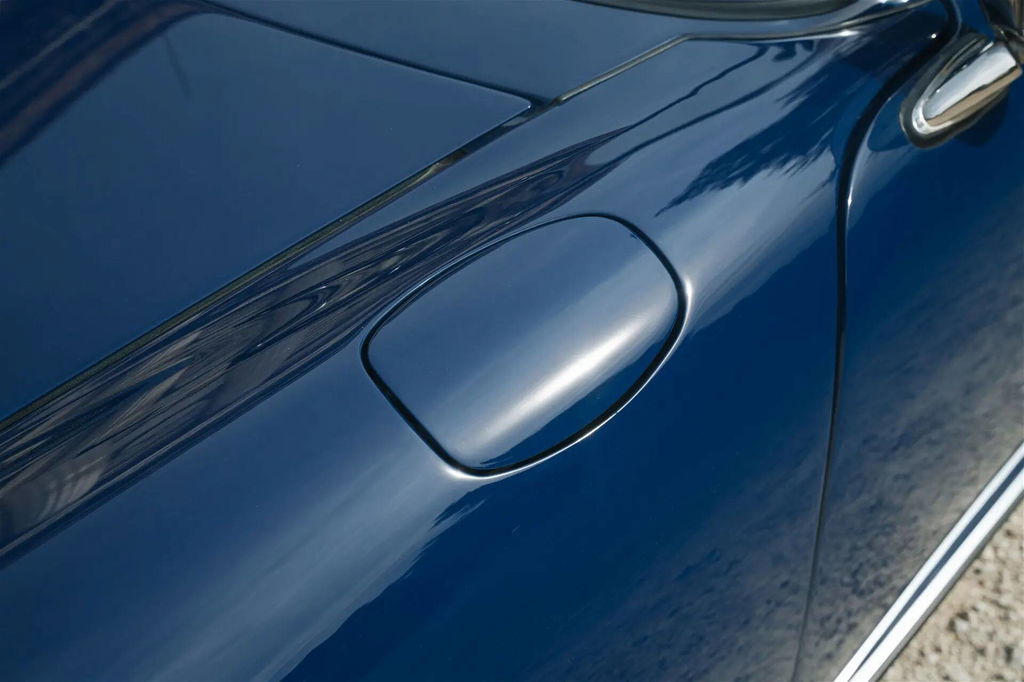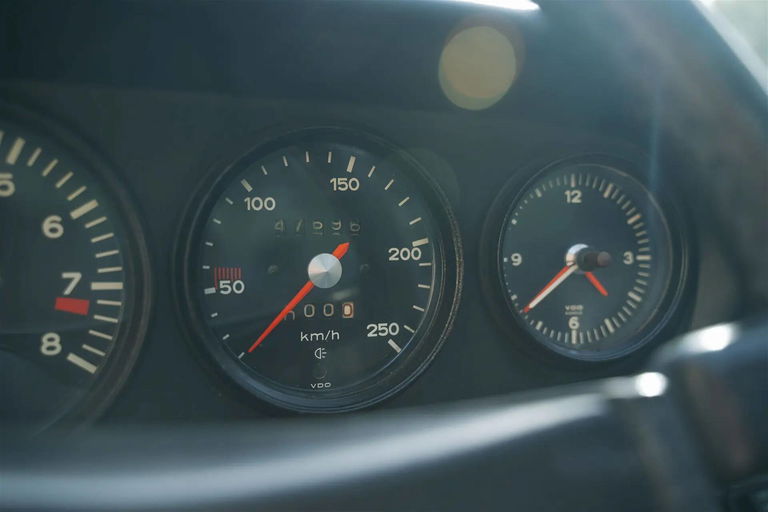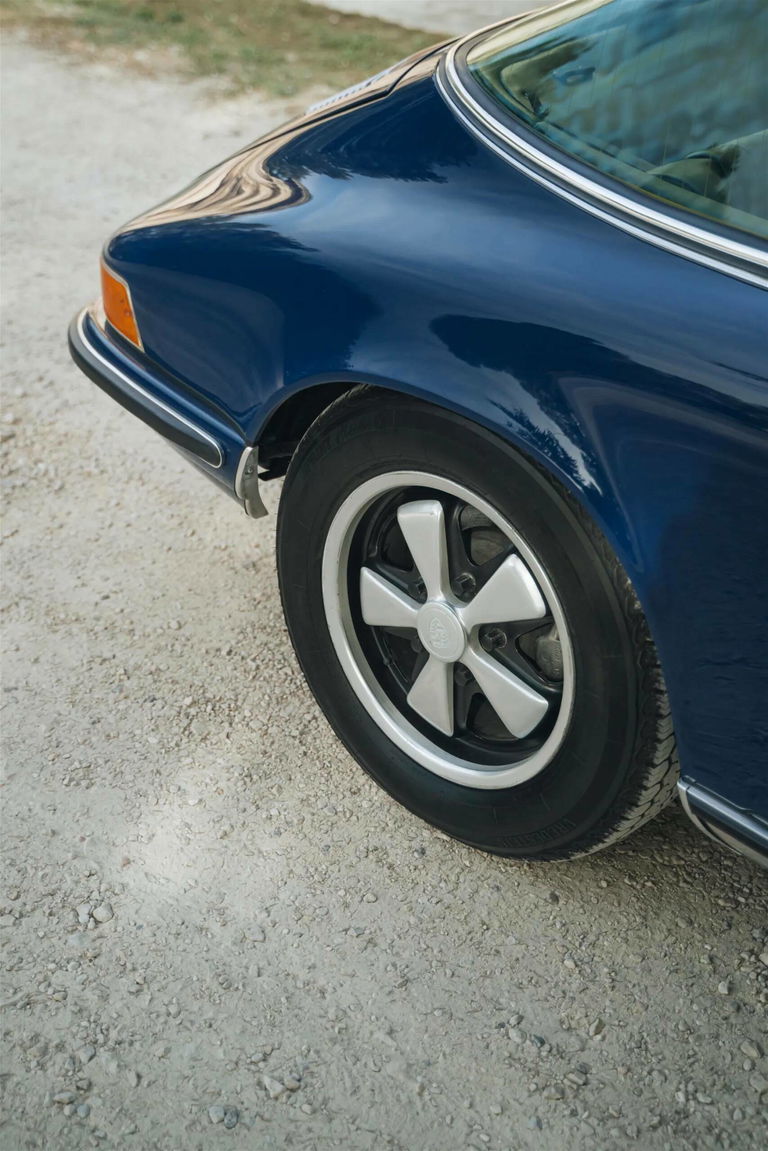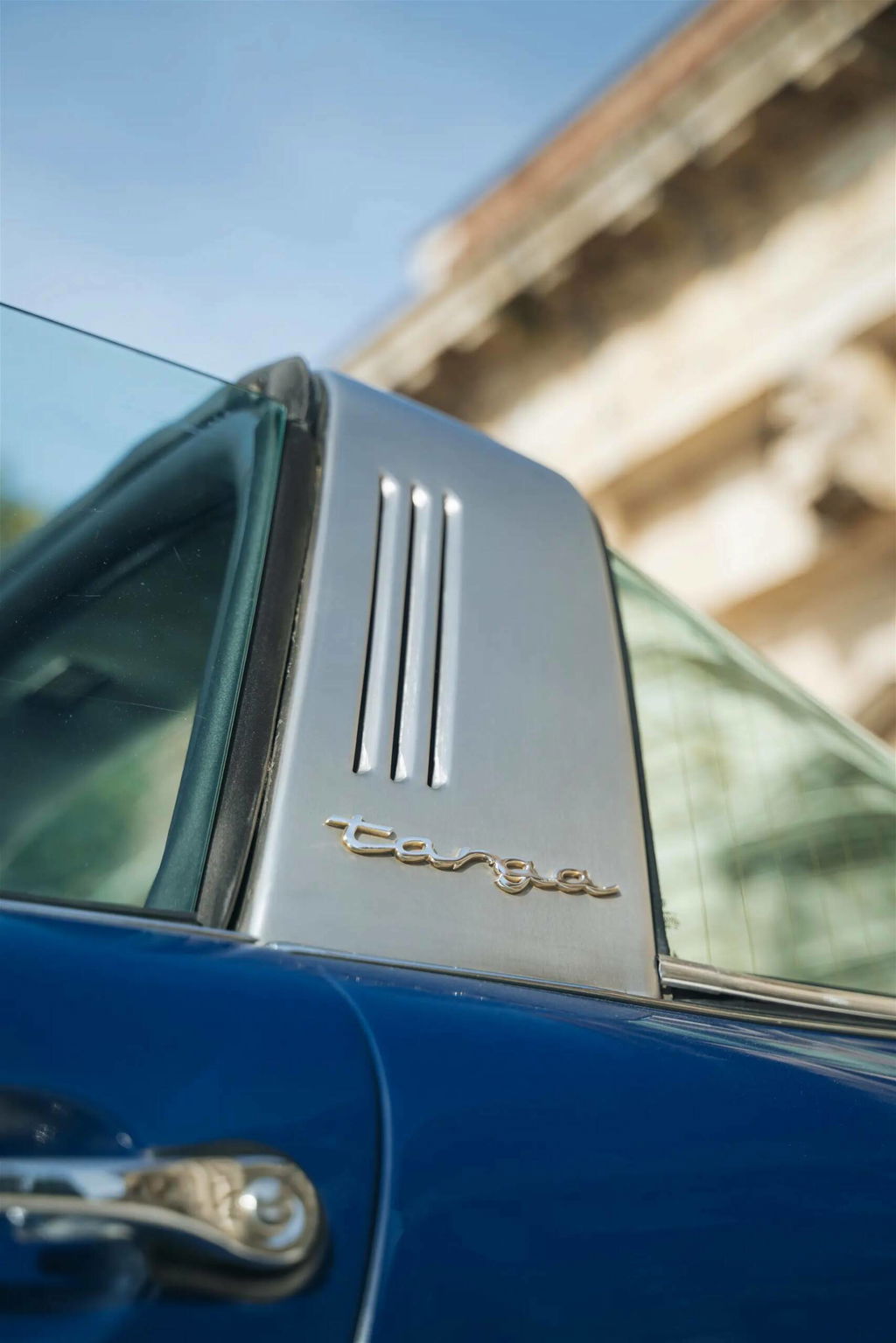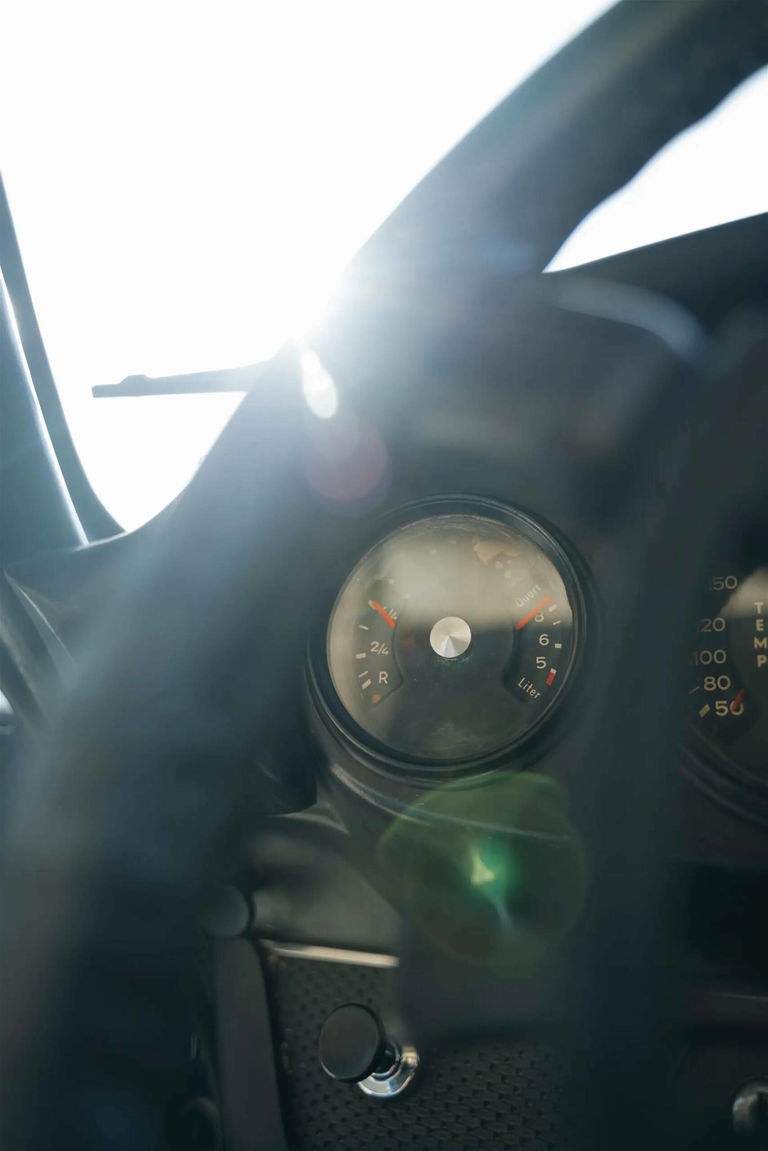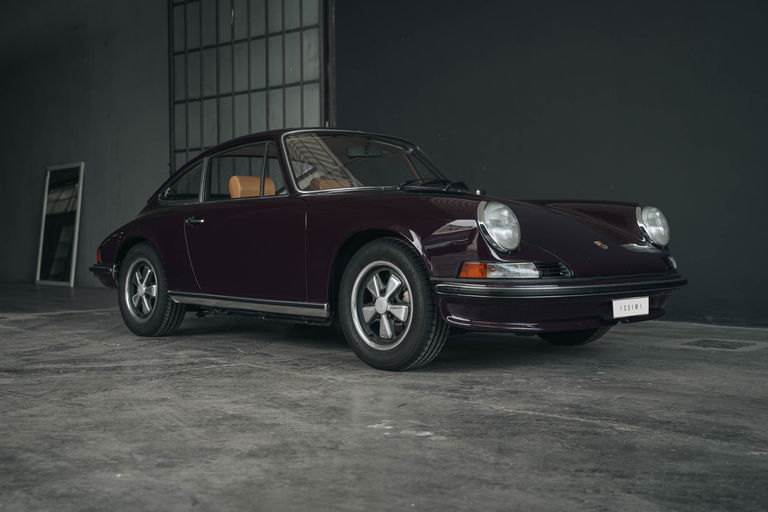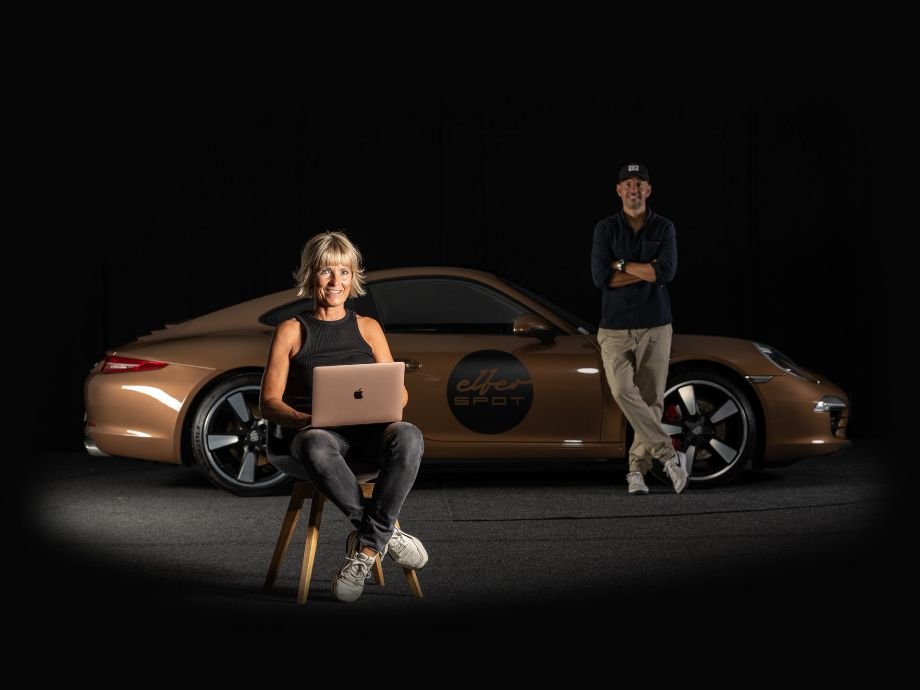The black leather and vinyl interior is largely original, with all of the elements being removed from the car before being cleaned and reconditioned and then reinstalled. Frequently on 911s of this vintage, cracking will occur around the speaker grille in the center of the dashboard but this car’s dashboard is essentially perfect. The one element that was replaced was the door pockets which are notoriously finicky and now function as they should. Powered by a 2,195 cc flat-6, as a 911 S, this car is the highest performing variant at the time and is fitted with a mechanical fuel injection system. In an effort to tune the car for higher power, new camshafts were fitted so peak power of 180 horsepower was produced higher in the rev-range than the T and E variants. During the restoration, this engine was completely disassembled and all of the internal parts were examined and replaced if needed, prior to reassembly. This is paired with a 5-speed dog-leg manual gearbox with Porsche’s signature floor hinged pedals. In the process of the car’s recommissioning, the entire electrical system was rebuilt as were the brakes and the whole package has been tested and driven to ensure it is all in working order. This short nose 911 S Targa represents the fastest Porsche 911 available for street use at the time and still feels plenty rapid today. Thanks to a comprehensive restoration, the car runs and drives fabulously and will offer years of fun behind the wheel.
It makes sense why so many enthusiasts deem the Porsche 911 the ultimate classic car. Thanks to its unique and exciting driving dynamics, outstanding build quality, and legendary reliability, classic 911 ownership sidesteps many of the pitfalls usually associated with having an old car in your garage. With nearly 60 years of continuous production, selecting the proper classic 911 can be daunting- but without a doubt, one of the most sought-after generations is the long wheelbase, short bumper cars built between 1969 and 1973. Although the earlier short-wheelbase cars are known for their lively handling and revvy small displacement motors, the long-wheelbase cars are far more refined and much better all-around vehicles. In 1971, the 911 was offered in 3 trim lines, the carburated “T”, the fuel-injected “E”, and the highest-performing “S”- all of which were powered by a stout 2.2-liter air-cooled flat 6.
Continue reading
